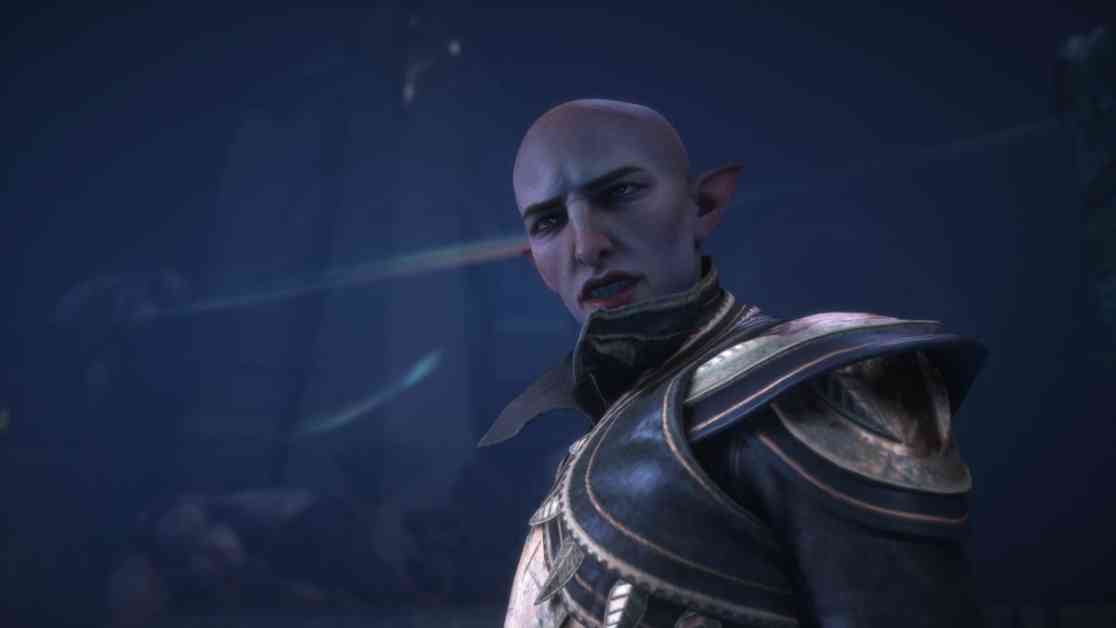Dragon Age: The Veilguard Ending Choice Unpacked
Dragon Age fans have been on an emotional rollercoaster as they navigate the late-game choices in The Veilguard, which demand significant sacrifices from players. But why did BioWare decide to make these decisions so heart-wrenching? In a recent interview with IGN, Game Director Corinne Busche and Creative Director John Epler shed some light on the rationale behind these tough choices and the impact they have on the game’s narrative.
The Heart of the Matter: Character Sacrifices
At the core of the dilemma in The Veilguard lies the choice between Tevinter mage Neve and elven Veil Jumper Bellara. Players are forced to pick one of these beloved characters to undertake a perilous task in the endgame, leading to their capture and enslavement by The Veilguard’s malevolent elven gods. This decision results in the chosen character being absent from your party for the final showdown in the city of Minrathous, where they are controlled by the gods. Despite the heartache of losing a cherished companion, BioWare emphasizes that this sacrifice serves the characters’ individual story arcs and contributes to the overarching narrative of the game.
Epler elaborated on the significance of this choice, highlighting the personal stakes that Neve and Bellara have in thwarting the elven gods. Both characters, deeply intertwined with the events unfolding in Minrathous, have a direct investment in stopping the impending disaster. Their shared background as mages amplifies their connection to the gods and sets them apart from other party members, making them ideal candidates for this critical task.
Beyond the Surface: Visual and Narrative Depth
The thematic richness of The Veilguard extends beyond character sacrifices to encompass broader world-building elements. The visual cues in Minrathous, inspired by ancient elven magic, reflect a distinct blend of Tevinter and elven aesthetics. Epler notes that the city’s design, infused with echoes of ancient elven practices, underscores the intricate relationship between the two cultures and their respective magical traditions.
In addition to the Neve and Bellara dilemma, players must confront another challenging decision involving the dwarven scout Harding and elven warrior Davrin. This choice, centered around selecting a leader for a crucial distraction mission, culminates in the sacrifice of the chosen character to create an opportunity for the party to strike against the elven gods. Epler explains the rationale behind this decision, emphasizing the personal connections that Harding and Davrin have to the unfolding events and their willingness to sacrifice themselves for the greater good.
The Emotional Weight of Choices
As players grapple with these weighty decisions, Busche highlights the emotional complexity embedded within the narrative. The relationships between party members, such as the romance between Taash and Harding, add layers of depth and investment to the choices players must make. The intertwining of personal connections and overarching themes creates a sense of urgency and emotional investment that heightens the impact of each decision.
While the consequences of these choices may seem final, fans are speculating about the fate of the characters who are lost in the battle. Clues scattered throughout the game hint at the possibility of their survival, sparking hope among players for a potential return in future installments of Dragon Age. As fans eagerly await the next chapter in the series, BioWare’s focus has shifted to the upcoming fifth Mass Effect, leaving the resolution of these unresolved storylines shrouded in mystery.
As players navigate the intricate web of choices and sacrifices in The Veilguard, they are reminded of the enduring power of storytelling and the emotional resonance of compelling narratives. The decisions made in the heat of battle reverberate throughout the game, shaping the destinies of beloved characters and leaving a lasting impact on players long after the final credits roll.

